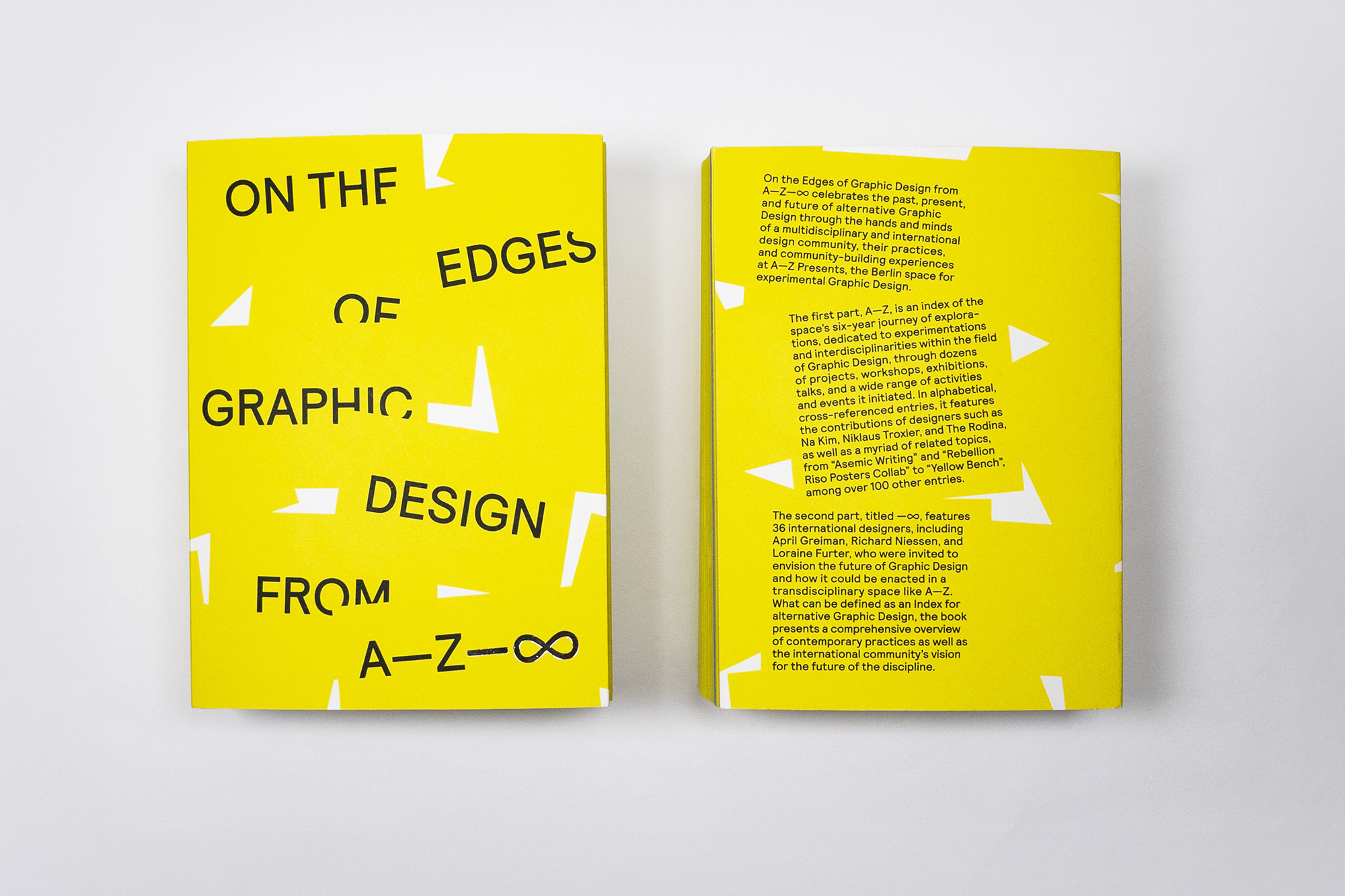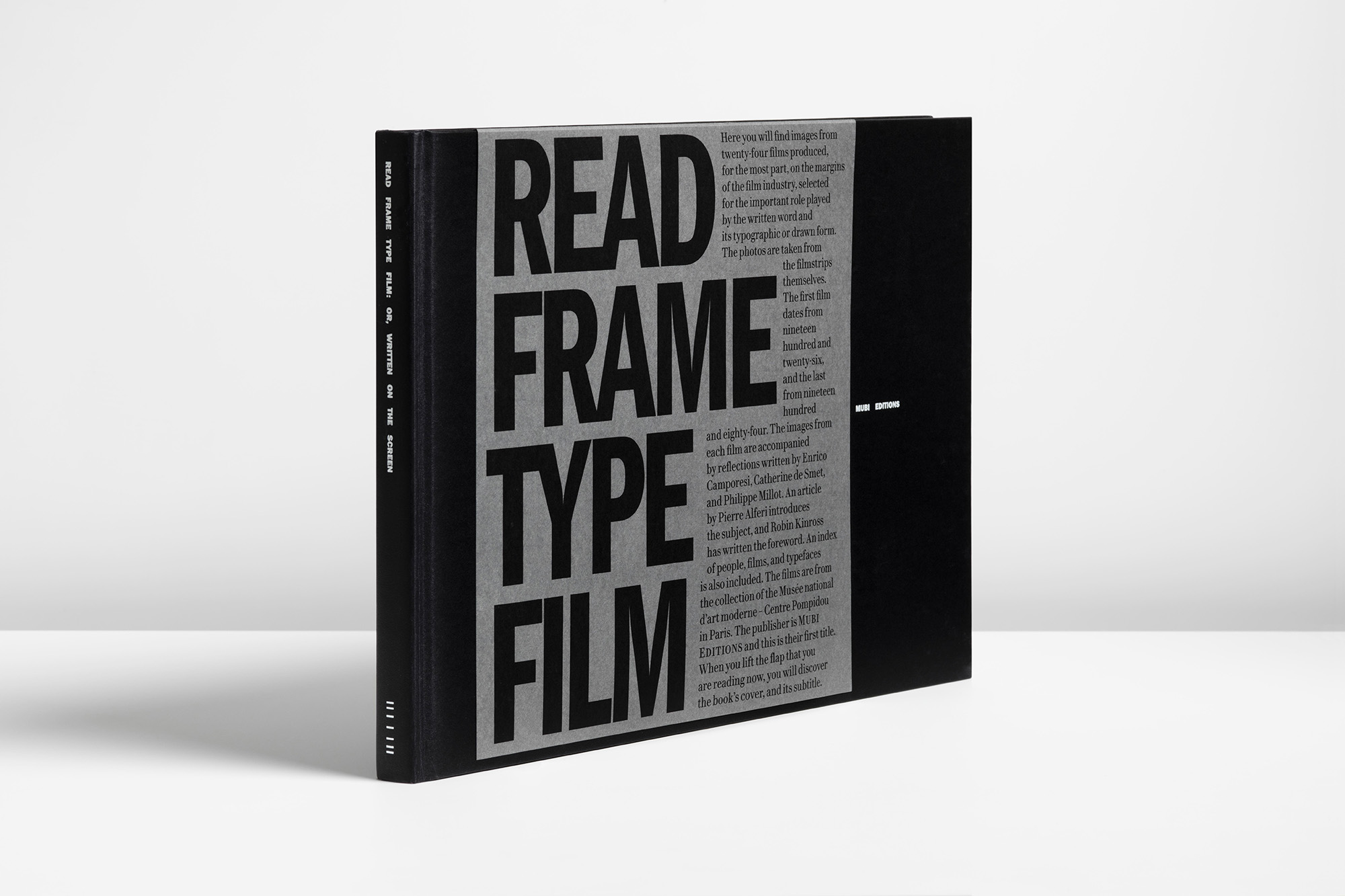When the researcher, educator, and critical designer Jonathan Hanahan was on the show back in 2018 (episode 77), we talked a lot about his research around ‘thick interfaces’, a concept he developed that explored the cultural and social ramifications of experiences that transcend physical and digital occupations and the role technology plays in shaping, mediating, and disrupting our everyday realities. Six years later, I caught up with Jonathan as he launches the Sensory and Ambient Interfaces Lab (SAIL) and a new MDES in HCI and Emerging Technology at Washington University in St. Lewis. Both of these initiatives, in different ways, build upon his early research. In this conversation, Jonathan and I talk about SAIL, the state of design education, and the value of interdisciplinary design teams.
What is the Sensory and Ambient Interfaces Lab? How did it start and what are your goals for it?
In 2002, I retired from a long parallel career racing bicycles. Cycling represents an incredible intersection of technology and human performance. Every cyclist, whether recreational or professional, has a myriad of data at their fingertips, often displayed on a screen mounted to their handlebars. As a designer, it always struck me that no matter how ergonomic or well-designed the interface was, a cyclist still had to look away from the road or race to view that data. Then, they need to interpret it—often while already at their physical and mental limits—before they can act on it. I was actually involved in a very serious crash during a 2021 race due to another cyclist looking down at their screen and then running into me.
The assumed solution to this problem was glasses, contacts, and heads-up displays that would layer information visually in front of you. However, in a complicated environment like traffic or a race with 100 other cyclists inches apart, any distraction from the task at hand is a non-starter. We’ve all experienced the visual overload of a screen with too much information.
My colleagues in engineering were conducting research showing that other senses—like touch and sound—are much better at interpreting changes in complex information. This seemed like an underutilized resource in design. So much of what we do as designers is rooted in and prioritizes visual strategies. Even when we use other sensory experiences, they often serve just as alerts to pull us away from an activity to look at a screen. My question was: if these senses have the potential to be interfaces themselves, how might we invert our visual-first model and design sensory interfaces?
These considerations led to the founding of the SAIL Lab. I wanted to explore how designers might approach new interfaces that relay information in less invasive ways. The lab prioritizes designing interfaces for “Compromised Experiences.” These are defined as any experiences where a screen is either unavailable, dangerous, or distracting from the primary task. Examples include athletics, military, medical, safety, and more.
Our pilot project, which we are currently testing, involves working with the WashU rowing team to design performance interfaces that relay data on the water without a screen. We have designed a series of bespoke haptic patterns that vibrate continuously and oscillate between different patterns to convey a range of information. We aim to find solutions where athletes and other users in complex and compromised situations can shorten the decision-making timeline and act more intuitively.
This story is exclusive to Substack subscribers.
Already a supporter? Click here to read the entire story.




